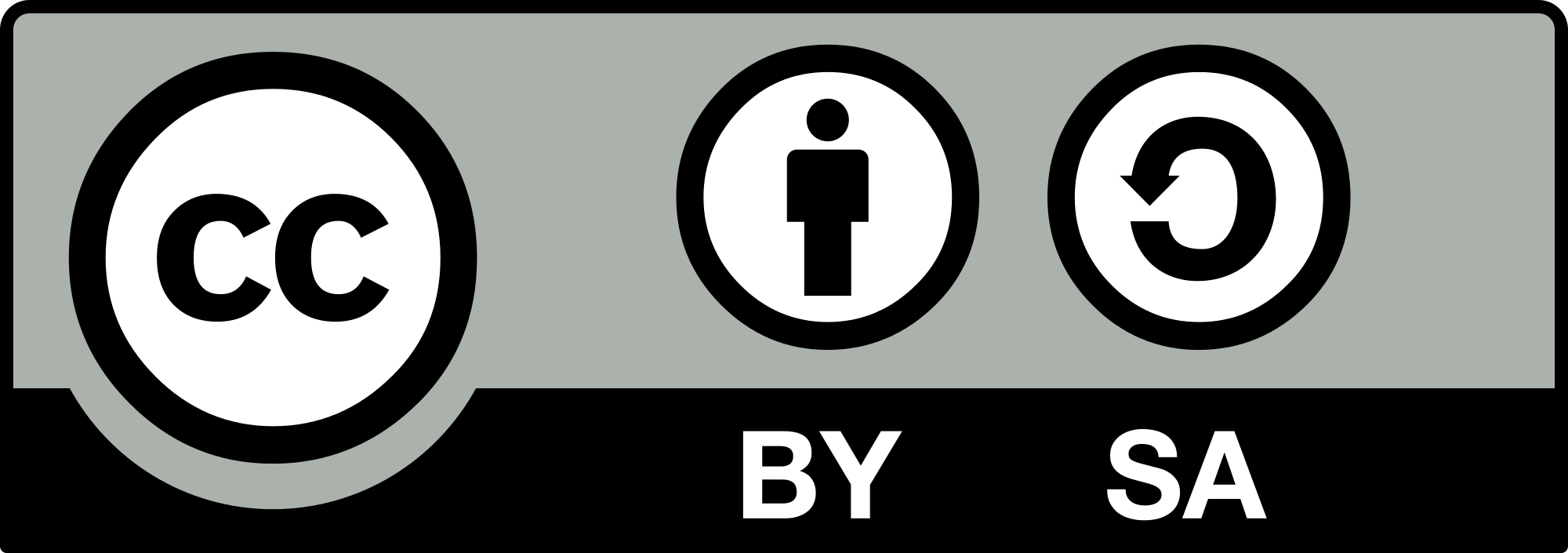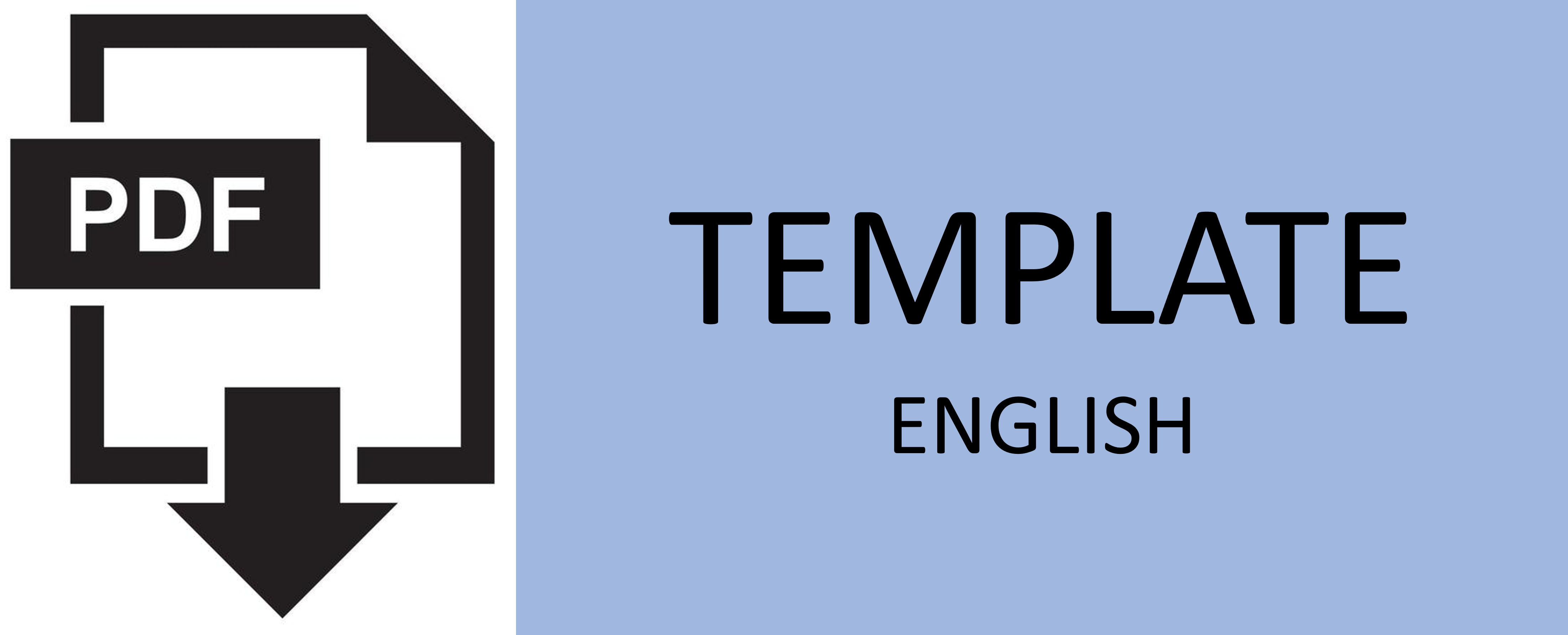Customer Satisfaction Analysis on the Integration of Bus Transit System in Semarang
Abstract
Keywords
Full Text:
PDFReferences
O. R. Manullang and P. A. Sitorus, “Kajian Kebutuhan Integrasi Layanan Angkutan Umum Massal Di Kota Semarang Dan Sekitarnya,” Jurnal Pengembangan Kota, vol. 8, no. 1, pp. 90–99, 2020, doi: 10.14710/jpk.8.1.90-99.
A. R. Rakhmatulloh, D. Intan, and K. Dewi, “Integrasi Antar Transportasi Umum Di Kota Semarang,” Jurnal Pengembangan Kota, vol. 10, no. 1, pp. 36–46, 2022, doi: 10.14710/jpk.10.1.36-46.
M. T. Purnomo and W. Herijanto, “Evaluasi Kinerja Bus Rapid Transit (BRT) Trans Jateng Rute Semarang – Kendal,” Jurnal Teknik ITS, vol. 10, no. 2, pp. E141–E148, 2021, doi: 10.12962/j23373539.v10i2.63585.
Institute for Transportation & Development Policy, Pedoman Integrasi Antarmoda. Jakarta, 2019.
UN General Assembly, “Transforming Our World: the 2030 Agenda for Sustainable Development,” 2015.
M. Miller, Assessment of Service Integration Practices for Public Transportation: Review of the Literature. California Partners for Advanced Transit and Highways, 2004.
K. Nosal and K. Solecka, “Application of AHP Method for Multi-Criteria Evaluation of Variants of the Integration of Urban Public Transport,” Transportation Research Procedia, vol. 3, no. July, pp. 269–278, 2014, doi: 10.1016/j.trpro.2014.10.006.
S. Zimmerman and K. Fang, “Public Transport Service Optimization and System Integration,” China Transport Topics, no. 14, p. 8, 2015.
L. Wright and H. Walter, The BRT Planning Guide. New York: Institute for Transportation and Development Policy, 2017.
D. Walden, C. Berger, and R. E. Blauth, “Kano’s Methods for Understanding Customer-Defined Quality,” Center for Quality Management Journal, vol. 2, no. 4, pp. 3–36, 1993.
K. Tan and T. Pawitra, “Integrating SERVQUAL and Kano’s Model into QFD for Service Excellence Development,” Managing Service Quality, vol. 11, no. 6, pp. 418–430, 2001, doi: 10.1108/EUM0000000006520.
A. Parasuraman, L. L. Berry, and V. A. Zeithaml, “SERVQUAL: A Multiple-Item Scale for Measuring Consumer Perceptions of Service Quality,” Journal of retailing, vol. 64, no. 1, pp. 12–40, 1988.
C. Mutiawati, F. M. Suryani, R. Anggraini, and Azmeri, Kinerja Pelayanan Angkutan Umum Jalan Raya. Sleman: Deepublish, 2019.
M. G. Gani, D. Dewanti, M. Z. Irawan, and F. F. Bastarianto, “Determining Priority Service of Yogyakarta Adisutjipto Airport Using Servqual Method and Kano Model,” Journal of the Civil Engineering Forum, vol. 5, no. 3, p. 211, 2019, doi: 10.22146/jcef.45364.
T. Wijaya, Manajemen Kualitas Jasa. Jakarta: Penerbit Indeks, 2018.
J. Ficalora and L. Cohen, Quality Function Deployment and Six Sigma. Boston: Pearson Education, 2010.
DOI: http://dx.doi.org/10.12962%2Fj20861206.v38i1.15997
Refbacks
- There are currently no refbacks.

Journal of Civil Engineering is licensed under a Creative Commons Attribution-ShareAlike 4.0 International License.







.jpg)